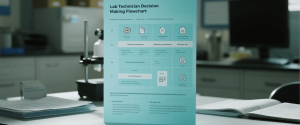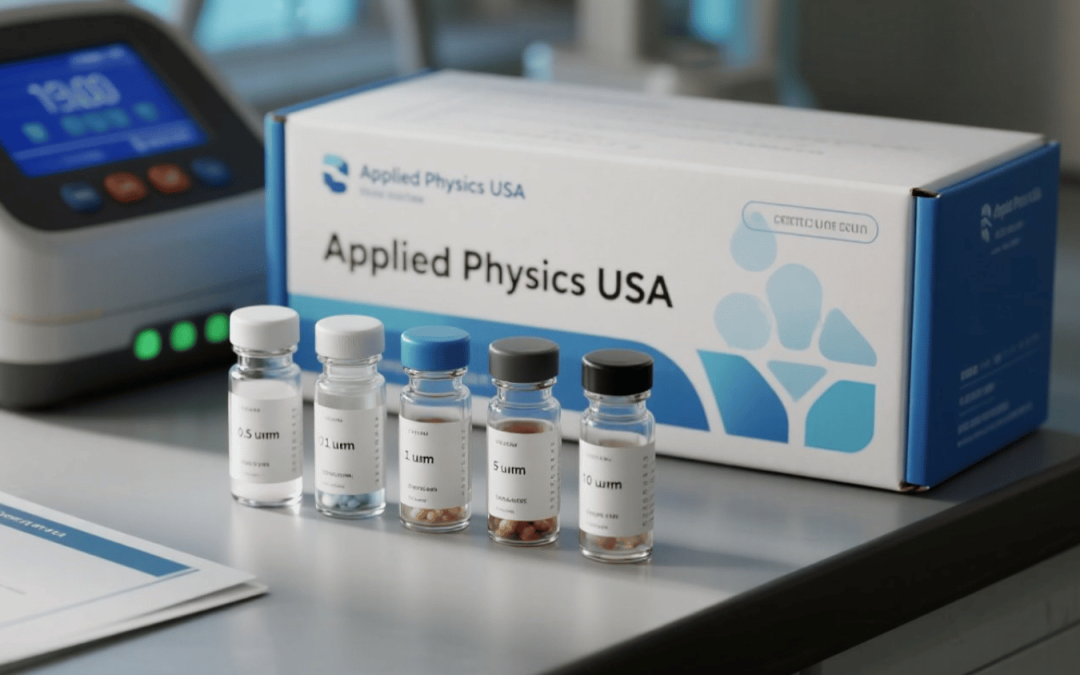When buying particle size standards, the key question is: should you choose individual microspheres or a full set? If you’re testing a specific size range, individual standards are a cost-effective, targeted option.
But for calibration, quality control, or comparisons across multiple sizes, a full set provides broader coverage, consistency, and stronger benchmarking.
In this article, we’ll compare both options across practical scenarios, budget factors, and accuracy needs so you can make the best decision for your research or lab workflow.
1) Why This Choice Matters
Your selection affects:
Measurement accuracy: Using the correct size range for your instrument ensures valid calibration.
Operational efficiency: The number of standards on hand determines how quickly you can verify or troubleshoot instruments.
Cost-effectiveness: Full sets can reduce long-term costs if you perform recurring calibrations across multiple size ranges.

2) When to Buy Individual Particle Size Standards
Choose single sizes if:
You only calibrate one particle size range (e.g., 1 µm for optical particle counters).
Your lab maintains specific ISO or USP requirements that define a single reference size.
You want to replace or replenish one bottle from an existing set.
You’re verifying only one type of instrument, such as a laser particle counter or dynamic light scattering system, with a defined particle range.

Example: A cleanroom using 0.5 µm and 5.0 µm channels in ISO 14644 testing might only need those two standard sizes.
3) When to Buy a Full Microsphere Set
Opt for a complete calibration set if:
You manage multiple instruments or run multi-channel validation.
Your protocols include routine calibration across a wide range of particle sizes.
You perform R&D or method development, where flexibility and data coverage are key.
You need traceability and comparability across all size ranges.

Example: A quality control lab that tests both fine aerosols and larger particulate contamination benefits from a set covering 0.5 µm to 10 µm or higher.
4) Practical Steps for Decision-Making
- Define your calibration goals: Identify the size channels and precision required by your monitoring systems.
- Check instrument documentation: Manufacturers often specify reference standards for calibration.
- Compare traceability certificates: Ensure NIST or ISO 17025 traceability for regulatory compliance.
- Evaluate cost per use: A full set may seem pricier upfront, but it can lower long-term validation costs.
- Consult Applied Physics USA: They can recommend particle standards optimized for your particle counter model and validation needs.

Product Spotlight: NIST-Traceable Particle Size Standards
Explore Applied Physics USA’s NIST Traceable Particle Size Standards, precision-polished, monodisperse microspheres available as particle size standard individual bottles or full calibration sets. These standards are ideal for ISO 21501, USP 788, and GMP-compliant facilities requiring consistent optical particle counter performance.
Conclusion
For focused particle size standard calibration work, individual microspheres make economic sense. But for comprehensive validation programs or multi-instrument facilities, a full set ensures flexibility, repeatability, and long-term savings.
For expert advice or to request a custom quote, reach out to Applied Physics USA at [email protected] or call (719) 428-4042.
Visit Applied Physics USA to explore the complete range of calibration-grade microsphere standards.
Frequently Asked Questions (FAQs)
1. Are all microsphere standards traceable to NIST?
Not necessarily. Always confirm that the certificate specifies NIST or equivalent traceability, especially for regulated cleanroom or pharmaceutical use.
2. How long do particle standards last?
Properly stored standards typically remain stable for 12–24 months. Avoid temperature fluctuations and contamination.
3. Can I mix standards to create intermediate sizes?
No mixing affects monodispersity and invalidates calibration results. Use certified single-size suspensions only.
4. What’s the shelf life after opening?
Once opened, use within a few months and avoid cross-contamination by using clean pipettes and containers.


